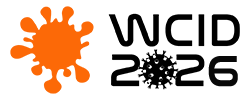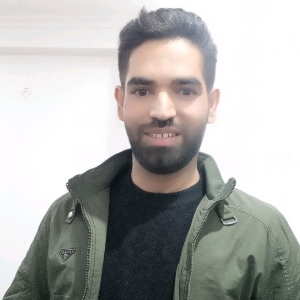Title : Multifaceted role of lipid species in hepatitis C virus replication, assembly, and host antiviral response
Abstract:
Hepatitis C Virus (HCV) is a leading cause of liver diseases. Like other RNA viruses, HCV has also been known to alter cellular lipidome for its survival. There are evidences regarding involvement of lipid and lipid droplets (LDs) in HCV replication and assembly in the literature. LDs also have protein-mediated antiviral properties that are activated during HCV infection.
Studies have shown that HCV replicates well in cholesterol and sphingolipid-rich membranes, but the ways in which HCV alters host cell lipid dynamics are not known yet. In this study, we performed a kinetic study to check the enrichment of LDs at different time points of HCV infection. Based on the LD enrichment, we selected early and later time points of HCV infection for global lipidomic study. Early infection represents the window period for HCV genome sensing followed by host immune response while later infection represents the establishment of viral RNA replication, virion assembly, and egress.
We identified the dynamic profile of lipid species at early and later time points of HCV infection by global lipidomic study using UPLC-ESIMS. At early HCV infection, phosphatidylinositol phospholipids (PIPs), lysophosphatidic acid (LPA), triacyl glycerols (TAG), phosphatidylcholine (PC), and trihexosylceramides (Hex3Cer) were observed to be enriched. Similarly, free fatty acids (FFA), phosphatidylethanolamine (PE), Nacylphosphatidylethanolamines (NAPE), and tri acylglycerols were enriched at later time points of HCV infection.
Lipids enriched at early time of infection may have role in HCV genome sensing, viral attachment, and immune response as LPA and PIPs are important for immune response and viral attachment, respectively. Moreover, lipid species observed at later infection may contribute to HCV replication and virion assembly as PE, FFA, and triacylglycerols are known for the similar function. In conclusion, we identified lipid species that exhibited dynamic profile across early and later time points of HCV infection compared to uninfected Huh7 (mock) cells, which could be therapeutically relevant in the design of more specific and effective antiviral therapies.
Audience Take Away:
- Our research has revealed important lipid species at early and later HCV infection
- The pathways that regulate the identified lipid species can be further explored for novel drug targets against HCV.
- Lipid droplets can be explored for their role in innate immune response pathways.



